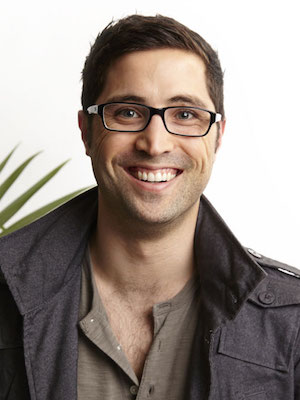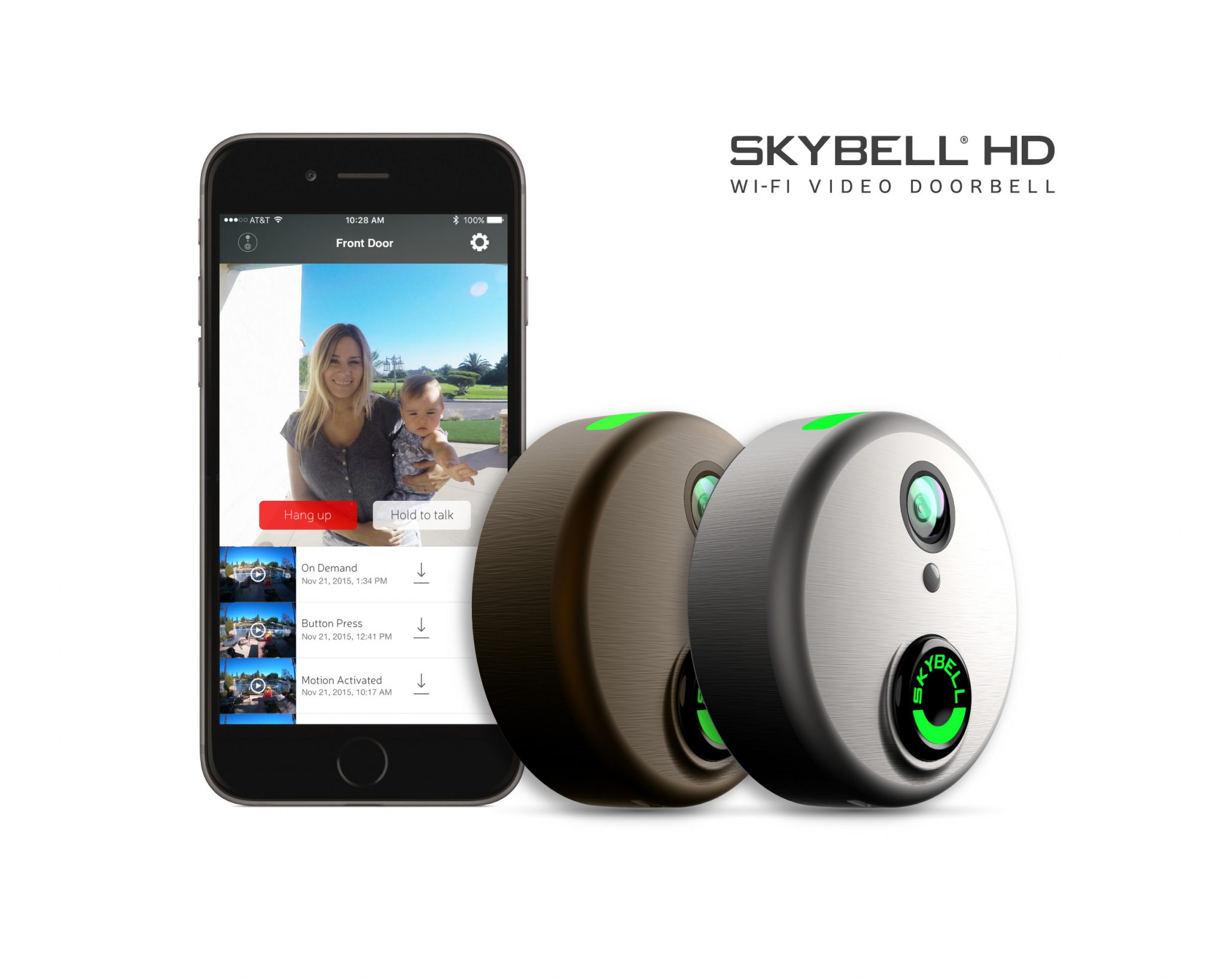
Many people told us it couldn’t be done: inventing, creating and shipping an award-winning product in seven months – especially with only $100,000 in initial funds.
Despite the naysayers, we successfully developed a hardware product called SkyBell, a Wi-Fi enabled doorbell with a video camera that allows a homeowner to see who’s at their door from a smartphone – and shipped it in record time.
The product was ambitious, requiring hardware, manufacturing, software, cloud servers and a mobile app. As a founder, I directed our product marketing and mobile development, defining the user stories, features and benefits of our product and working with our engineering team to make it a reality.
Below are the most important factors in our product development process that allowed us to move so quickly. Here’s how we did it, so you can do it too.
1. Start with a great idea
Great products come from great ideas. If you don’t have an idea yet, remember that the best products solve real problems. Pay attention to things that can be improved or invented to better our lives. You can find ways to update existing products as well.
For example, at SkyBell we added Wi-Fi and a video technology to a doorbell, enabling it to connect to the internet and send video to a mobile device. The doorbell was just a doorbell before we started. Now it’s preventing robberies before they happen!

2. Talk to your ideal customers
Do customers even want your product? Interview them and find out. Start by learning about them and their problems. Focus on needs, pain points and if your product helps them enough to pay for it. The goal is to confirm that your idea is a solution to a problem and not a solution looking for a problem.
3. Define user stories and product requirements
With a greater understanding of your users, clearly define how a customer will use your product (i.e., user stories). For example, the big user story for SkyBell is the ability to see, hear and speak to a visitor at the front door from a smartphone.
Translate each user story into a product requirement. For SkyBell, the requirement for that user story is a camera, speaker, microphone and mobile app. Be as clear as possible. This will help your engineering teams.
4. Prioritize important features
It’s critical that you prioritize user stories and include only the most important features in your initial launch. You can always add features later. We wanted to launch with Android and iOS on day one. Ultimately, we focused only on iOS and launched Android six weeks later. In hindsight, it was a good decision that allowed us to move faster.
5. Assemble an expert engineering team
Find an engineering resource with proven experience in your field. For hardware, only consider resources with mass manufacturing experience and not just engineering design. For software, find a programmer with previous projects that directly relate to your goals.
6. Reinforce accountability using project management tools
Gantt charts help you schedule key development milestones so you can hold your engineering team accountable to the project deadline. Don’t trust an engineering resource that doesn’t work from a gantt chart (or similar project management system).
7. Raise money
We took our idea to Indiegogo and raised $585,000 from early adopters. In addition to funding, crowdfunding helps you obtain early customers, press and user feedback. Angel investors and incubators are also good resources for funding at this early stage.
8. Conduct daily team meetings
Every day is critical when you have a tight timeline. Meet with your team daily from the start of the project – especially if they are outside vendors. This is one area where we could have done better. In the beginning, we only met twice per week. When our deadline approached, we switched to daily meetings and our momentum accelerated.
9. Make it in the U.S.
We engineered, designed and manufactured SkyBell in the U.S. There’s no way we would have hit our goal with an offshore team. A local team is in the same time zone and can reach you for immediate answers. Also, nothing is lost in translation. Finally, you don’t have to wait four weeks for your product to travel across the ocean. In my opinion, the difference in costs are offset by the benefits of speed and accuracy.
10. Announce a launch date
Despite your best efforts, you’ll ship late whether your target is six or 12 months out. It’s best to declare a date to the folks that hold you accountable: your customers, the board, etc. This puts pressure on you and your engineering team.
We set a delivery date only two months after our Indiegogo campaign ended and shipped two months late. The first deadline helped put our backs against the wall and get it done faster than if we had said six months.
11. Launch
It has been said that, “Perfect is the enemy of great.” This couldn’t be truer when developing a product. Stop striving for perfection and ship your product.
The first version of SkyBell was far from perfect. Yet, releasing the device allowed us to find and fix bugs much faster than we could on our own. Ultimately, it created a better product and company. SkyBell was selected as a CES Innovations Award in Engineering and Design in 2014 alongside some of the best devices in consumer electronics.
By following this roadmap, we were able to develop, create and ship SkyBells to our first customers in a very short timeline. Whether you want to create a smart home security product or the next Uber, learn from our experience and create something amazing.
This article has been edited.
Andrew Thomas is an entrepreneur and speaker. He is co-founder of SkyBell Video Doorbell and contributes to Inc.com and Huffington Post. Connect with @apthomas on Twitter.
© YFS Magazine. All Rights Reserved. Copying prohibited. All material is protected by U.S. and international copyright laws. Unauthorized reproduction or distribution of this material is prohibited. Sharing of this material under Attribution-NonCommercial-NoDerivatives 4.0 International terms, listed here, is permitted.






